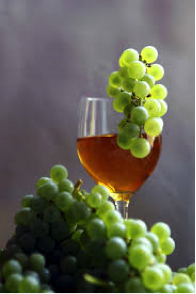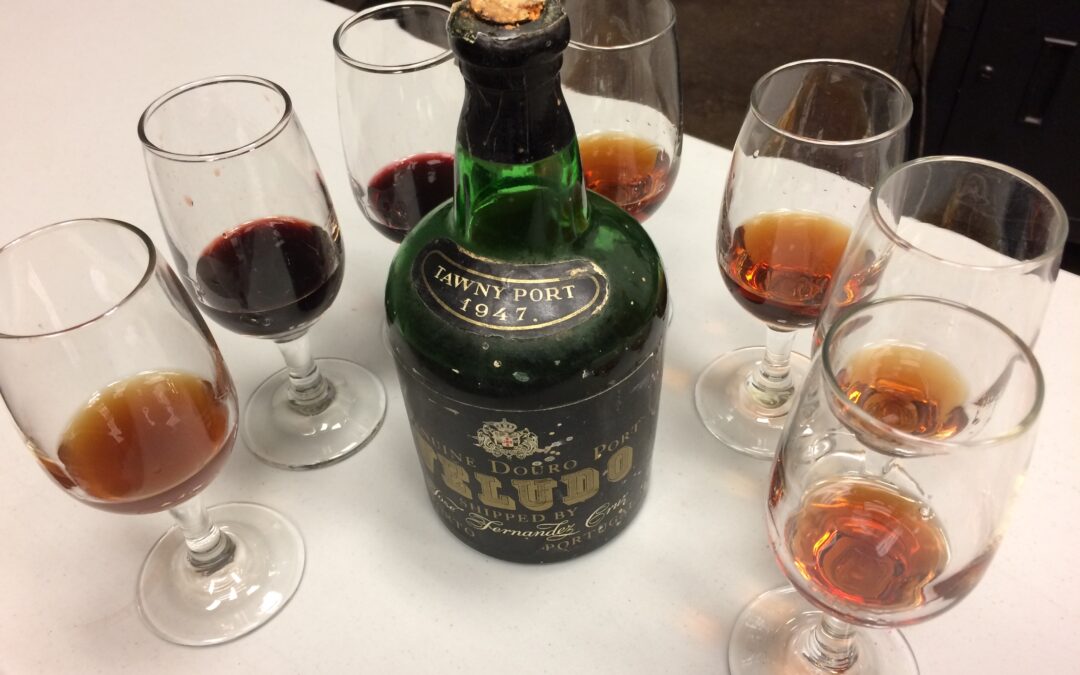
There is no legal definition of the term, but the general characteristics of a so called ‘natural’ wine assume no sulfites or other additives, no fining or filtering, extended fermentation on skins using only existing natural yeast, and no oak aging. The idea is to produce the wine as it would have been occurring in nature.
Many ‘natural’ styles of wines are becoming popular these days. Among them are:

Orange wine made in Friuli, Italy and Slovenia, is made from white grapes, but produces an orange color by leaving the skins and seeds in contact with the grape juice all during the fermentation process
Pétillant Naturel, made using the oldest sparkling method called Méthode Ancestrale, where the wine finishes fermenting in bottles with no added ‘dosage’, causing it to carbonate with a natural spritz. This type of method has become very popular in the Loire Valley of France.
Col Fondo Prosecco a cloudy, unfiltered version of Prosecco with a very ‘funky’ taste.
Is ‘natural wine’ better for you?
Many believe that the sulfites and other additives used to produce wine cause headaches and allergic reactions. This has never been proven. In actuality, natural wine made without sulfites is more unstable and spois more easily, and not filtering or fining the wine causes the presence of biogenetic amines which does produce headaches.
If you are considering natural wine you should be aware that they are not age able wines and will spoil faster than regular wine. Make sure they have not been exposed to high temperatures and light, and drink them within a year of purchase.

